They say vitamins are good for our health. But what if we could use vitamins to treat infections as well?
Ashleigh Paparella at the University of Adelaide has discovered a new class of vitamin-like molecules that can be used to treat life-threatening ‘golden staph’ bacteria.“Golden staph is a dangerous bacteria that is resistant to many common antibiotics,” says Ashleigh.
“We’ve discovered a new class of antibiotics that stops golden staph in its tracks by preventing its use of vitamin B7.”
Normally, golden staph picks up vitamin B7 from its environment and uses it as a co-factor to create energy for growth and metabolism. Ashleigh found that her antibiotic – which is a vitamin B7 mimic – prevents the normal activity of B7 through blocking the activity of an enzyme called BPL.
“We’ve also tested to show that our B7 mimic does not block BPL in human cells, so it is safe to use,” Ashleigh explains.
While these studies have been conducted in cultured cells so far, Ashleigh is now measuring the capacity of the B7 mimic to treat real-life infections.
“Antibiotic resistance is a global threat to human health,” says Ashleigh.
“We hope our research will help tackle this important issue.”
Ashleigh presented her research at Fresh Science South Australia 2015.
Fresh Science is a national program that helps early-career researchers find and share their stories of discovery. Over 30 early-career researchers nominated for Fresh Science SA, which was held at the South Australian Museum (training) and The Lion Hotel (public challenge event).
Fresh Science South Australia was supported by the The University of South Australia, The University of Adelaide, Flinders University and the South Australian Museum.
Contact: Ashleigh Paparella, University of Adelaide, ashleigh.paparella@adelaide.edu.au

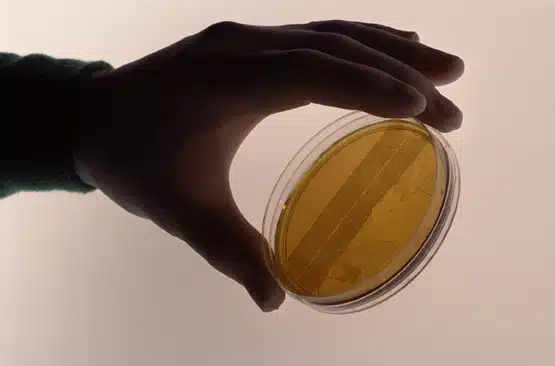
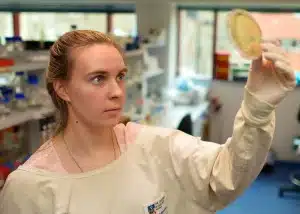
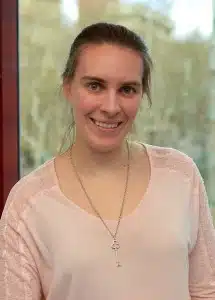
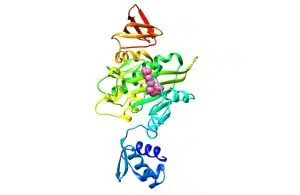

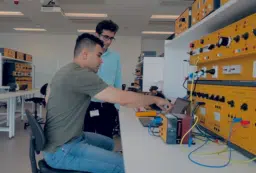

 Fresh Science is on hold for 2022. We will be back in 2023.
Fresh Science is on hold for 2022. We will be back in 2023.